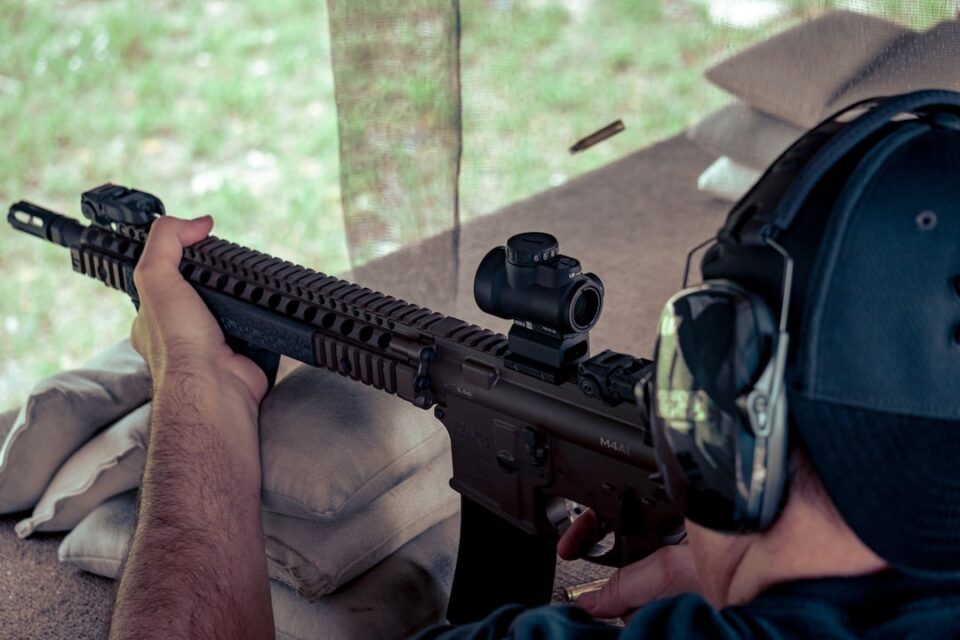Ballistics, a science that deals with the motion, behavior, and impact of projectiles, plays a significant role in understanding how guns and bullets work together. The mechanics behind firing a bullet from a firearm is not only fascinating but also crucial in many fields, including military, law enforcement, and forensic science. Let’s delve into the science behind ballistics and unravel the mysteries of how bullets function.
To comprehend ballistics, it’s important to understand the basic components of a bullet. A standard bullet consists of three key parts: the projectile, the propellant, and the casing. The projectile, usually made of lead or a lead alloy, is the actual object that is fired towards a target. The propellant, commonly gunpowder, provides the explosive force to propel the projectile. Lastly, the casing houses the propellant and holds the bullet in place within the firearm.
When a shooter pulls the trigger, a firing pin strikes the back of the bullet’s casing, igniting the propellant. As the gunpowder rapidly burns, it releases an immense amount of high-pressure gas. The expanding gas pushes against the base of the bullet, propelling it forward with great force. This force pushes the bullet out of the barrel, starting its journey towards the intended target.
The bullet’s motion relies on fundamental principles of physics, including Newton’s laws. Newton’s first law, known as the law of inertia, states that an object at rest will remain at rest unless acted upon by an external force. In the context of ballistics, this law implies that the bullet would stay inside the casing if not ignited by the propellant’s force. Once the bullet is propelled forward, Newton’s second law of motion comes into play, which relates an object’s acceleration to the force applied to it.
The accuracy and performance of bullets depend on various factors, including velocity, spin, and aerodynamics. The bullet’s velocity, commonly measured in feet per second or meters per second, determines its energy and stopping power. Additionally, the spin imparted by the rifling in the firearm’s barrel stabilizes the bullet’s flight, ensuring greater accuracy by minimizing tumbling or deviation.
Moreover, the shape and design of bullets significantly impact their aerodynamics. By reducing air resistance, bullets with streamlined shapes, such as those with pointed tips or boat-tail designs, can maintain their velocity and trajectory over longer distances. This results in improved accuracy and greater effectiveness.
Understanding ballistics is vital not only for gun enthusiasts, but also for professionals in various fields. For military and law enforcement personnel, knowledge of ballistics allows them to make informed decisions regarding firearm selection, ammunition, and tactics. Forensic scientists rely on ballistic analysis to determine the type of weapon, the distance from which a shot was fired, and other crucial pieces of evidence in crime investigations.
In conclusion, the science behind ballistics provides a deeper understanding of how bullets work in guns. From the ignition of the propellant to the bullet’s flight towards its intended target, numerous scientific principles and factors contribute to its trajectory, accuracy, and overall performance. By exploring and studying ballistics, we gain valuable insights into the dynamics of gunfire and enhance our efficiency in harnessing this powerful technology safely and responsibly.
Publisher Details:
Factudo | Gun Accessories | Outdoor Sporting Goods | Chesapeake Beach
https://www.factudo.com/
Factudo | Gun Accessories | Outdoor Sporting Goods | Chesapeake Beach


